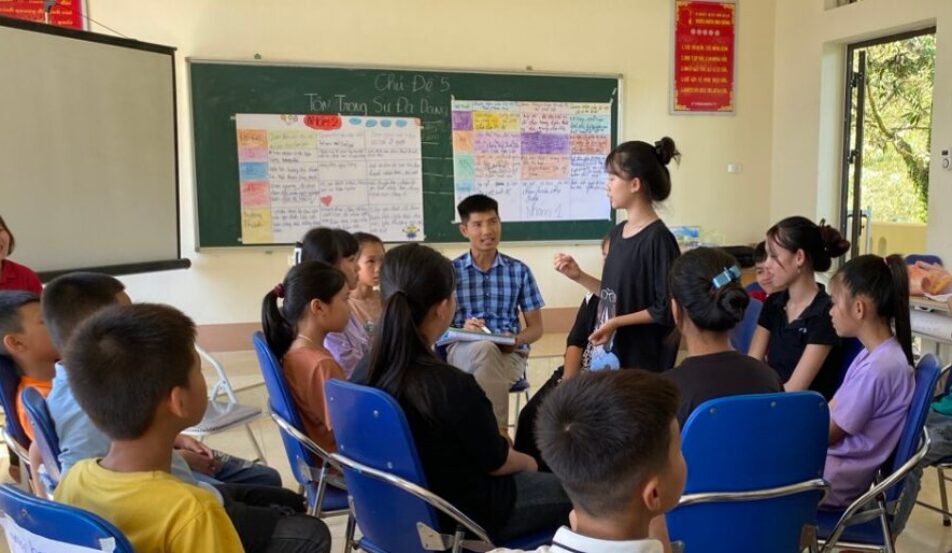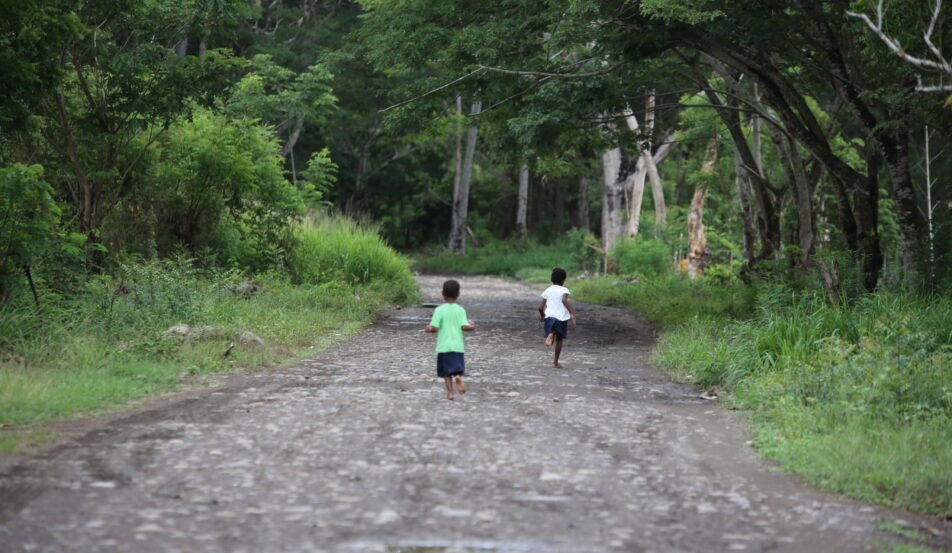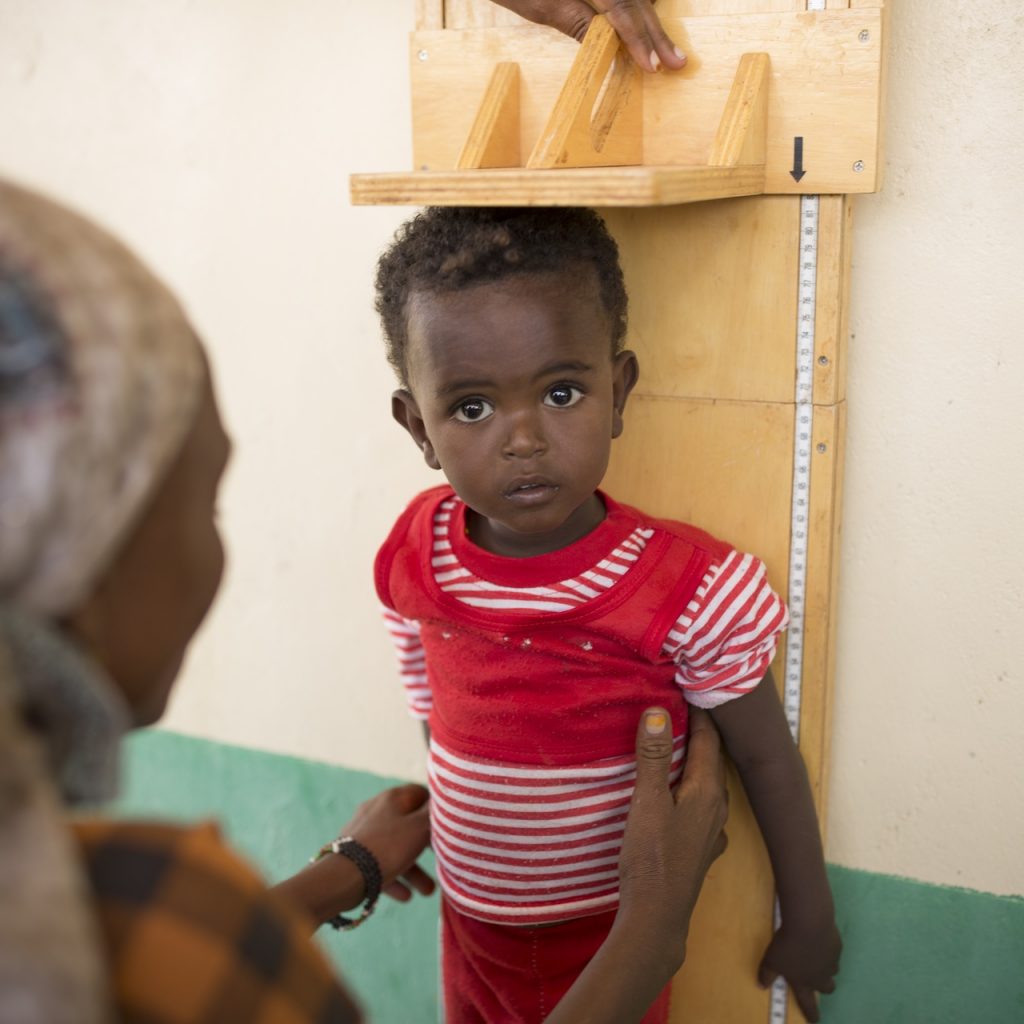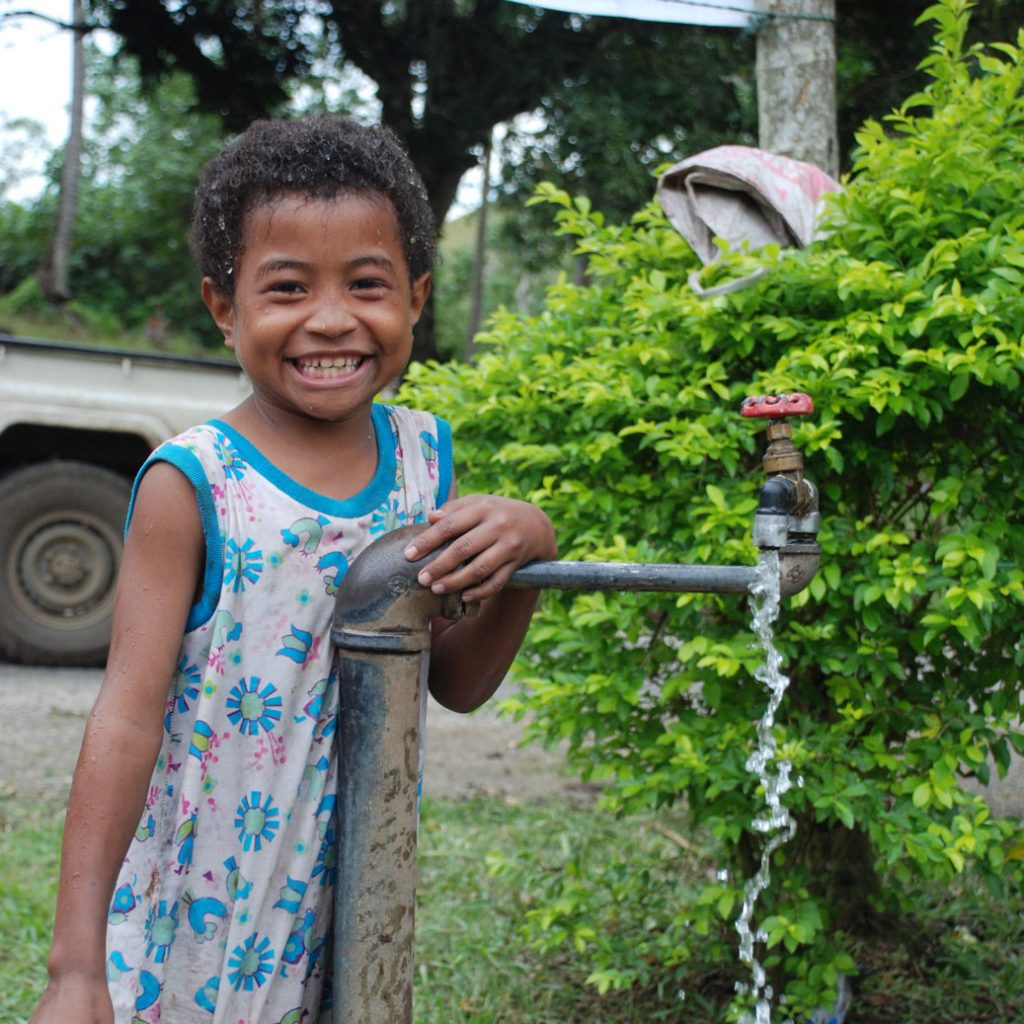What causes stunting?
Studies have shown stunting can begin in the womb. If a mother does not get enough nutrients, her child has a higher risk of being born underdeveloped.
Stunting can continue while the child is breastfeeding if the mother is malnourished. This is why the first 1,000 days of a child’s life are so important.
Regular infections can also cause stunting. When a young child is frequently sick, nutrients that should be helping their body and brain develop are diverted to fight the disease.
How does stunting affect children?
When a child’s growth is stunted, they more vulnerable to disease and their brain does not develop to its full cognitive ability. When they are repeatedly ill, their body may struggle to retain nutrients.
Repeated illnesses can affect their families, who may have to miss work or school to look after the child and spend more of their limited resources on medical care. The majority of children who are stunted come from families living in poverty and who already under considerable financial stress.
Nutrition-related factors accounted for about 45% of all deaths of children under five in 2016.
For every undernourished child who survives, countless more are permanently affected. Stunted children often struggle to retain information at school and are less likely to graduate. When stunted children become adults they can expect to earn 20% less than adults who were not stunted as children.








